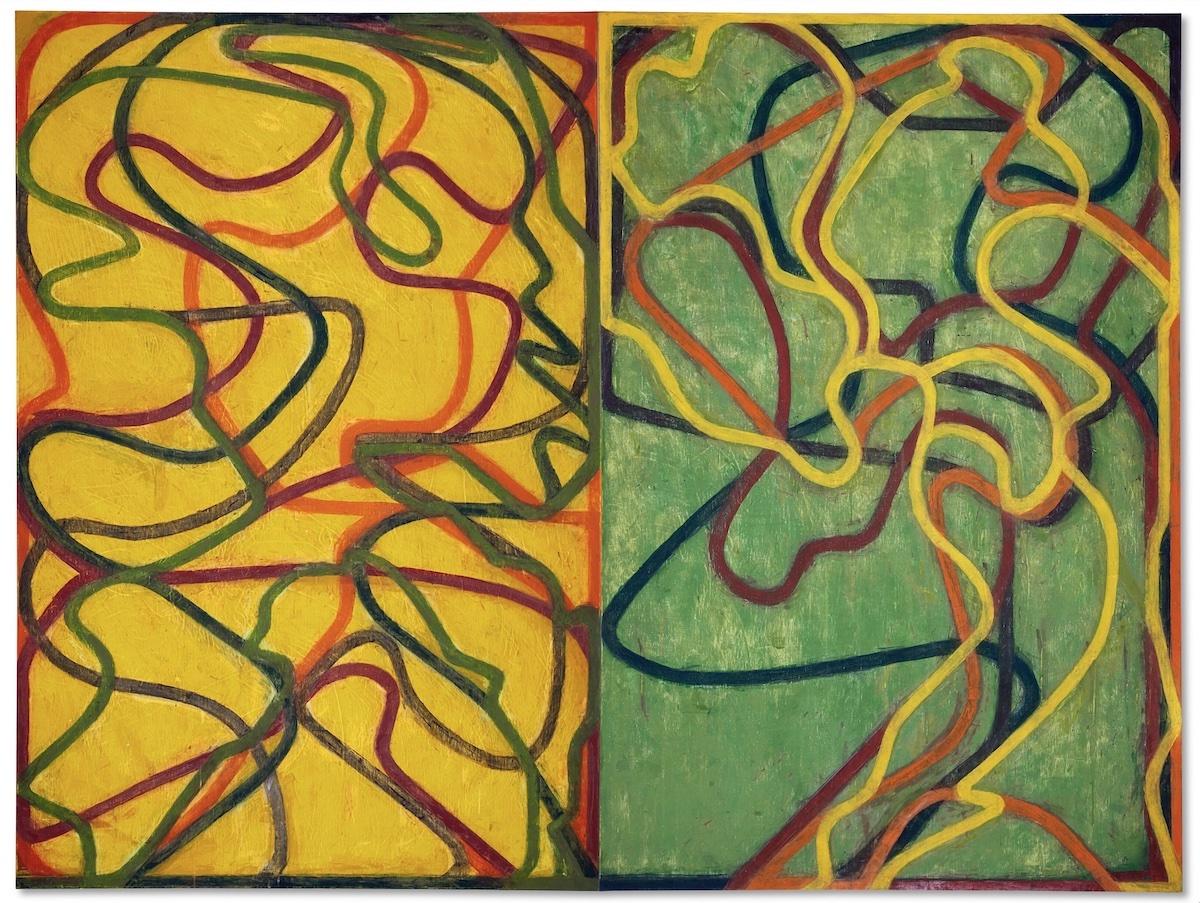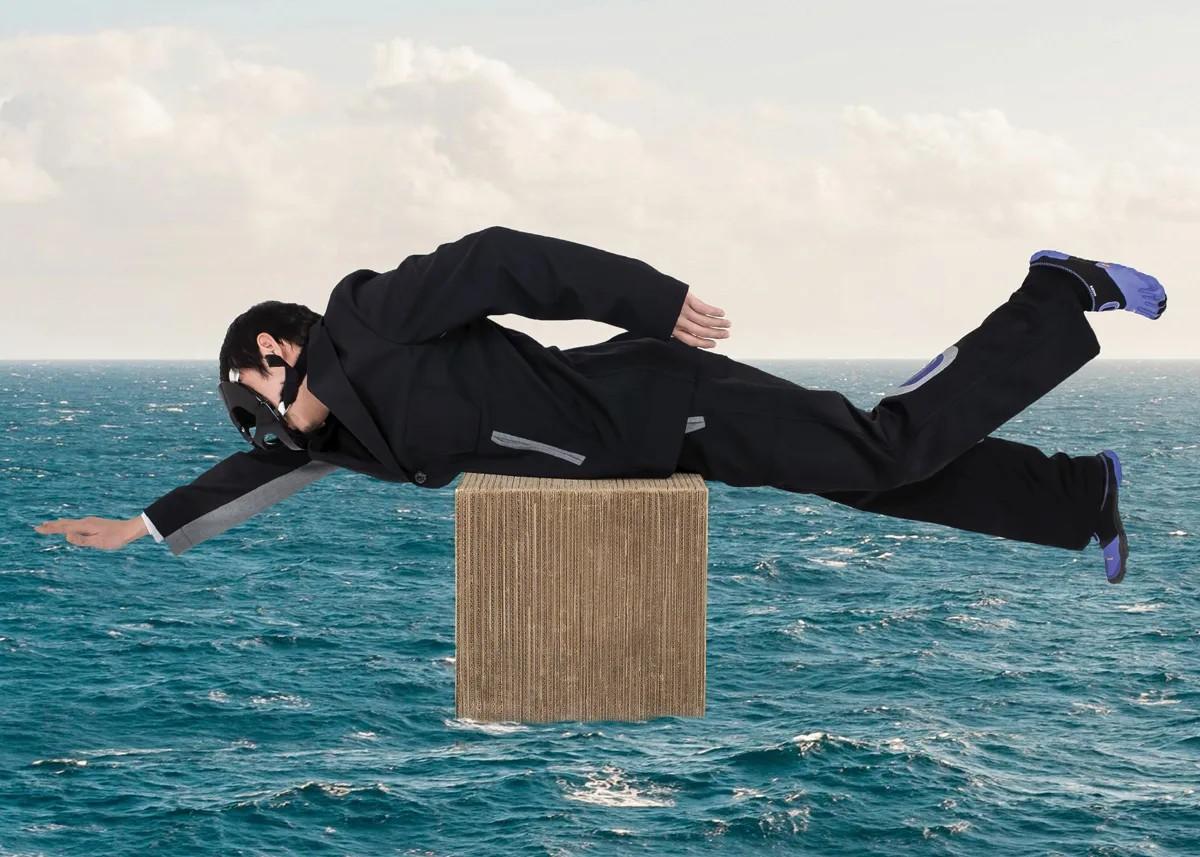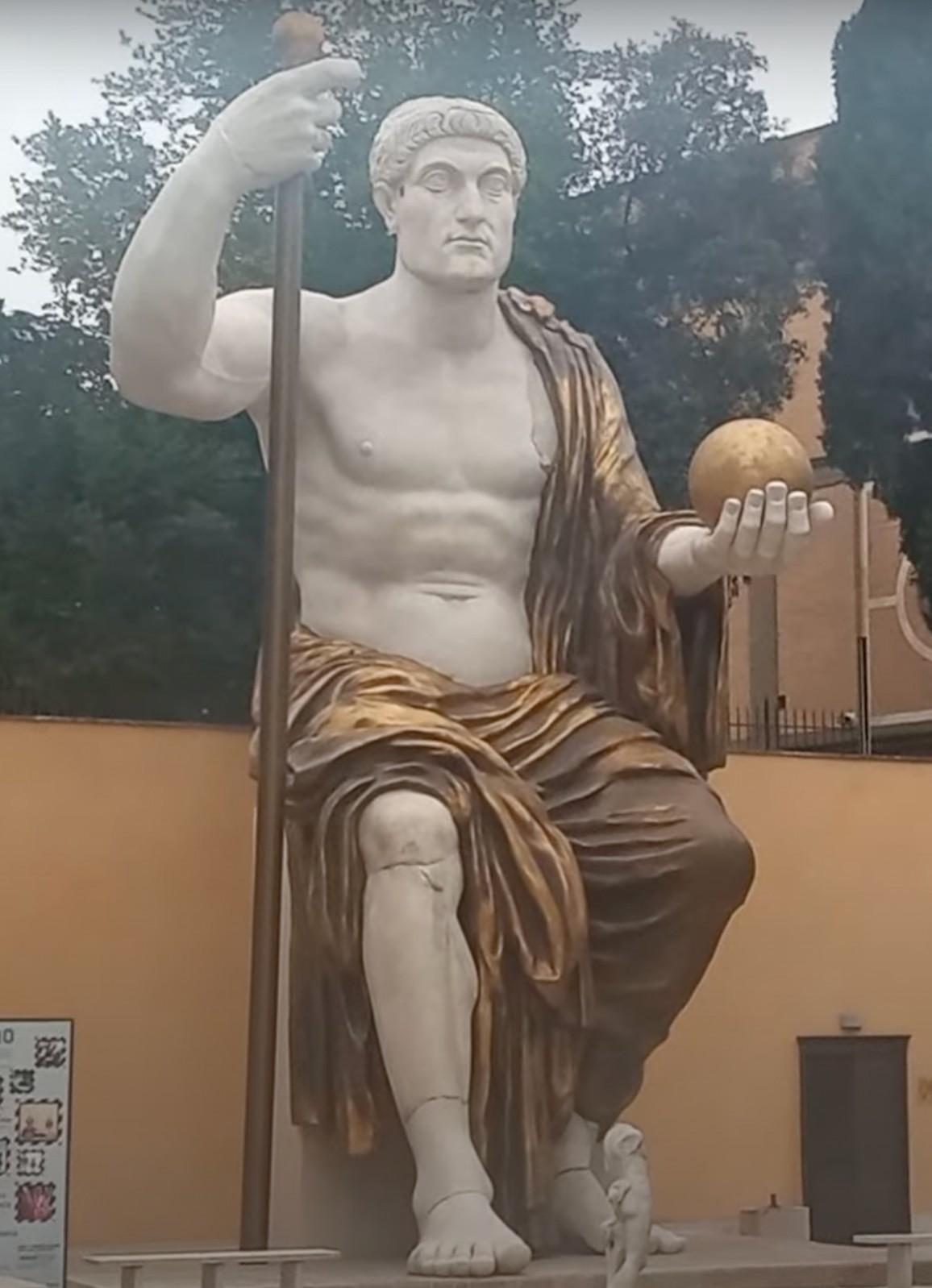
When Brice Marden’s large-scale painting, Event (2004-2007), goes up for auction at Christie’s in May, it is expected to bring in between $30 million and $50 million, and set a new record for the artist.
A Work by Brice Marden Is Expected to a Set New Record at Auction
Brice Marden’s large-scale painting, Event (2004-2007), will be going up for auction at Christie’s this May and is expected to surpass the American artist's previous record sale. Reported to make between $30 million and $50 million, the diptych's sister work, Complements (2004–7), which is similar in size and concept, was also sold by Christie’s in 2020 and brought in $30.9 million. Christie’s Deputy Chairman of Post-War and Contemporary Art Sara Friedlander called the piece, “the finest example by Brice Marden to come to auction,” in a press statement. After a stint as an assistant to Robert Rauschenberg in the 1960s, Marden gained recognition in the 1970s for his monochrome panels. Event, which was created between 2004 and 2007, will go on view during the 17th iteration of the art fair Art Dubai, making its public debut after seventeen years in a private collection.
Backlash Over Fashion Show Staged in Front of the Elgin Marbles
When fashion brand Erdem staged its Autumn/Winter runway show in Room 18 at the British Museum, where a portion of the Elgin Marbles are on display, it ruffled some feathers with Greece's culture minister Lina Mendoni who claimed, there is “zero respect for the masterpieces of Pheidias,” as reported by The Telegraph. The Elgin Marbles are the subject of controversy between the governments of Britain and Greece having been removed (some argue illegally, or unethically) from Athens, Greece in the early 19th century by Lord Elgin, British Ambassador to the Ottoman Empire, and later sold to the British government. It's not the first time that the Parthenon Sculptures were used as a backdrop for fashion. In 2021, Dior staged a photoshoot at the Acropolis, and paid Greece a total of $965,000 for the access. Erdem claimed that their choice was in fact an homage to Greek-American opera singer Maria Callas and her performance in Euripides’ Medea. Designer Erdem Moralioglu told Vogue, “I wanted to show in this space that epitomised her Greekness."

Detail of the art for OTTO 958's SS24 collection
Felix Art Fair Partners with Dover Street Market for Art and Fashion Collabs
Just in time for Frieze LA (which Art & Object will be covering), Felix Art Fair, a hotspot for galleries showing emerging artists, has something new in store this year. Rei Kawakubo’s hip boutique, Dover Street Market, will set up shop within the Hollywood Roosevelt Hotel, alongside the art galleries, from February 28 to March 3. First established in 2018, the fair showcases over 60 domestic and international galleries. Due to this years’ partnership with Dover Street Market, collectors will have access to collaborations between artists and top fashion brands like LA-based Oscar Tuazon’s pairing with Comme des Garçons, David Hammons’ Denim Tears x Converse, and tote bags made from Ocean Plastic by Ed Ruscha and Jenny Holzer. Al Morán, Los Angeles art dealer and co-founder of Felix, told ARTnews, “Dover Street Market has a rich history of integrating art, and artists, into its world and the thought of blending their community with our community felt very exciting to me.”
What to Expect From Nigeria's Venice Biennial Submission, Nigerian Imaginary
Ranging from audio-visual installations to photography and augmented reality, details of the work within Nigeria's Pavilion for this year's Venice Biennale have emerged. Precious Okoyomon’s sound-scape project is the first thing to greet a viewer upon entering. Her work features a range of voices from the Nigerian arts community and “the questions Precious asked were designed to be revealing,” the pavilion's curator, Nigerian-British Aindrea Emelife, told The Art Newspaper. A space entitled “The Nigeria Imaginary Colloquium” will also appear, presenting a mixture of historic and contemporary art-objects, including “The Nigeria Imaginary Incubator Project” which exhibited at the Museum of West African Art (MOWAA) last year. Additionally, there’s Yinka Shonibare’s sculptural installment based on artifacts looted from the Kingdom of Benin by British forces in 1897, and a collection of historic written and photographic records detailing a colonial past.

The remake of the larger-than-life Constantine colossus by the Factum Foundation, now on display at the Capitoline Museums in Rome, Italy.
43-Foot Statue of Constantantine the Great Installed in Rome
Between the years 313 and 315 B.C.E, Roman emperor, Constantine the Great, commemorated his rule by fixing his visage onto a pre-existing pagan statue. Since the head and other fragments of the statue, called the Colossus of Constantine, were discovered In 1486 in ruins near the Colosseum, they have only ever been displayed in their fragments within the Capitoline collection. Now, some 2050 years later, Rome gets to experience the 43-foot-tall statue in all its former glory as a reconstructed statue has been installed in a garden at Rome’s Capitoline Museums. Thanks to efforts by Factum Foundation, a Madrid-based digital art collective dedicated to the preserving cultural heritage sites, the statue, along with its missing fragments, has been recreated and installed in Rome. (The statue was first created for the 2022 exhibition at the Prada Foundation) but has now moved to be closer to its original muse). “Seeing Constantine, on top of the Capitoline Hill, looking out at the whole of Rome, he feels extraordinary,” Adam Lowe, founder of the Factum Foundation, told the New York Times. The statue will remain at the Villa Caffarelli gardens at the Capitoline Museums until 2025.
(The image above is via Rome Uncovered on Youtube.)




























